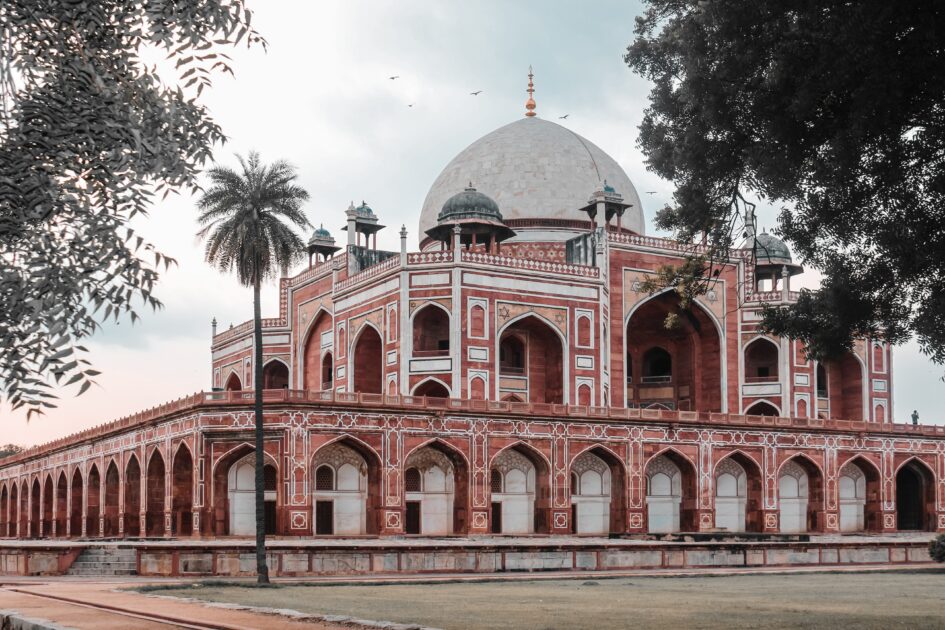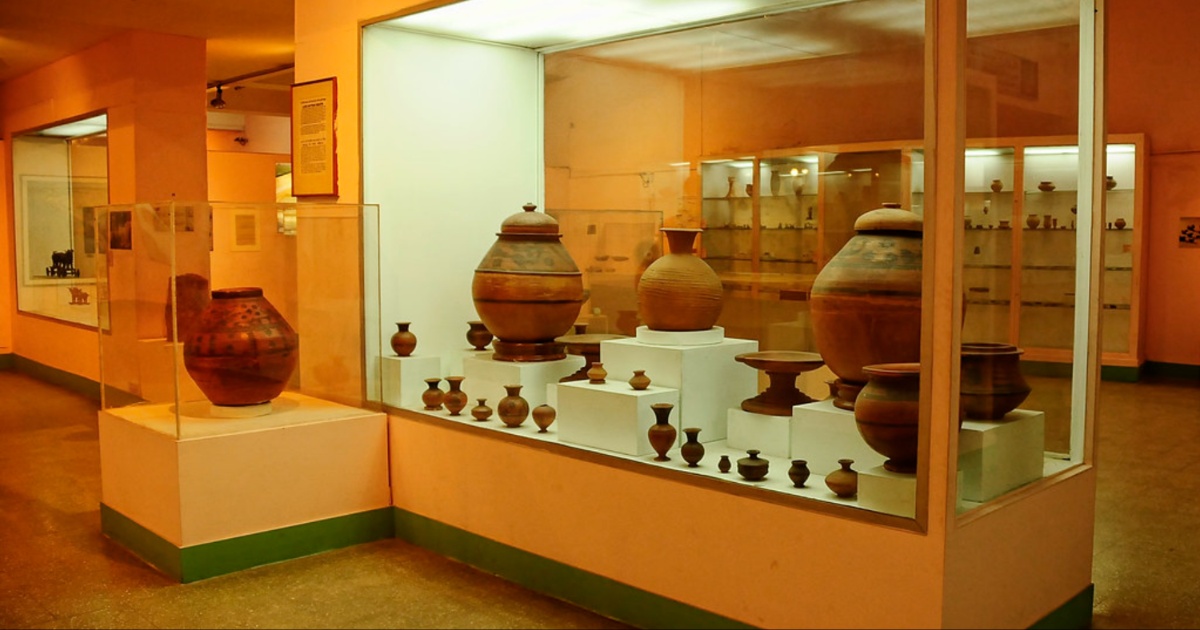Delhi, the heart of India, is a city that has withstood the test of time in a way few places on Earth have. It’s a city with a history so rich and tumultuous that it reads like an epic novel, filled with heroes, conquerors, and legends. But perhaps one of the most remarkable chapters in Delhi’s story is the fact that it has been destroyed and rebuilt seven times. This remarkable resilience has shaped the city’s culture and character, making it a living testament to the indomitable spirit of its people.
The First Five: A Journey Through Time
Its story begins over a thousand years ago when it was established as Indraprastha, the mythical capital of the Pandavas from the Indian epic, the Mahabharata. The city was then known as ‘Dhillika,’ which later evolved into ‘Delhi.’ It was the first of many rebirths.
Subsequently, the city saw the rise and fall of several empires, including the Mauryas, Guptas, and the Mughals. But it was the advent of the Delhi Sultanate in the 13th century that set the stage for a series of destruction and rebirth.

The city’s fortresses and grand structures were razed by invaders like Muhammad Ghori, Timur, and others. Each time, Delhi emerged from the ashes, rebuilt by its resilient inhabitants.
The Mughal Magnificence: A Cultural Renaissance
The Mughals, with their artistic sensibilities and grandeur, brought the city to a new zenith. The Red Fort, the Jama Masjid, and the Humayun’s Tomb are just a few of the architectural masterpieces that still grace the city today. It became a symbol of cultural fusion, with Persian, Turkish, and Indian influences intermingling.

During this period, the city’s culture blossomed, nurturing poetry, music, and art. The Mughal emperors were great patrons of the arts, and this cultural heritage is still visible in the city’s bustling bazaars and the soul-stirring qawwalis echoing through the narrow lanes of Old Delhi.
The British Era and Independence: A Struggle for Identity
The British colonial period brought a new chapter to its history. The city was witness to the Indian struggle for independence, and it became a melting pot of ideas, ideologies, and movements. The grandeur of Lutyens’ Delhi emerged alongside the aspirations of a nation yearning for freedom.

The city was officially declared the capital of India in 1911, cementing its status as the seat of political power. This momentous decision set the stage for the birth of a new, independent India in 1947.
Modern Delhi: A Vibrant Metropolis
Today, Delhi stands as a modern metropolis with a rich tapestry of history woven into its very fabric. The city’s seven rebirths have left behind a mosaic of architectural marvels, from ancient tombs and forts to colonial-era buildings and contemporary skyscrapers.
But beyond the physical structures, Delhi’s culture is a reflection of its resilience. Its people are a testament to the spirit of survival and adaptation. The city’s diverse population brings together traditions from every corner of India and the world, creating a vibrant blend of languages, cuisines, and customs.

Delhi’s story is a story of resilience, rebirth, and reinvention. It’s a city that has risen from the ashes not once or twice but seven times, each time emerging stronger, more magnificent, and more culturally enriched. It is more than just a city; it’s a living, breathing testament to the indomitable spirit of humanity.
In Delhi, the past coexists harmoniously with the present, and every stone tells a tale. It’s a city where history is not just preserved in museums and books but is lived and celebrated every day, reminding us all that no matter how many times life knocks us down, we can always rise again, just like the resilient phoenix that is Delhi.




